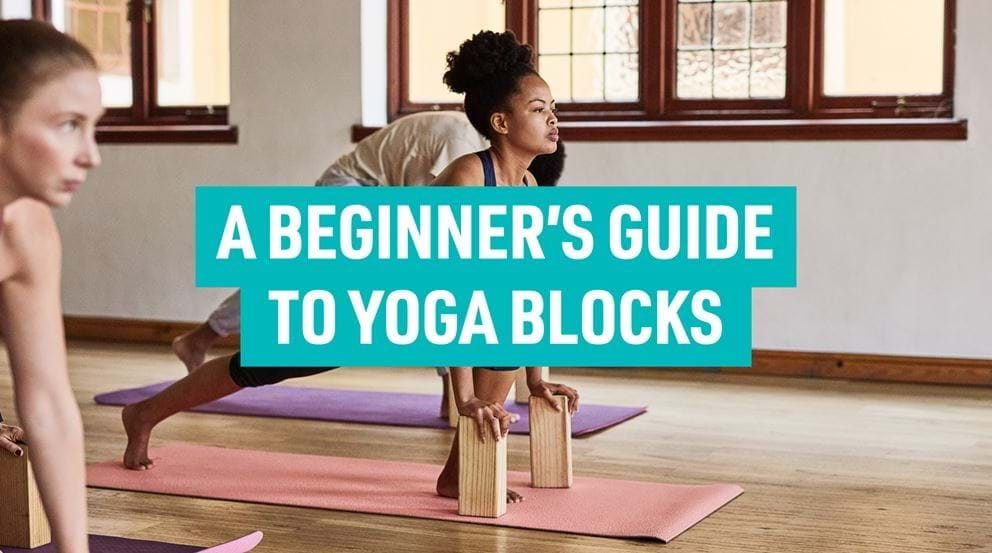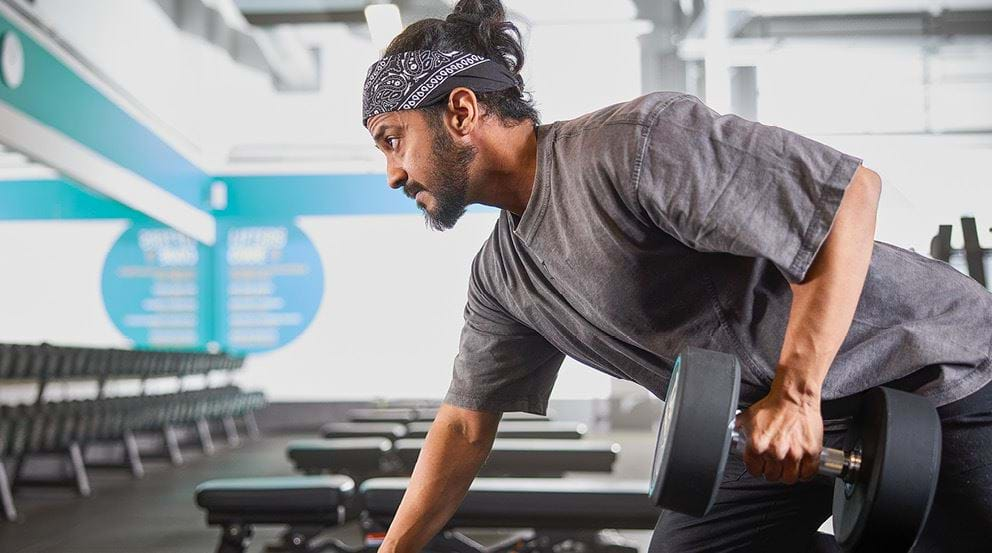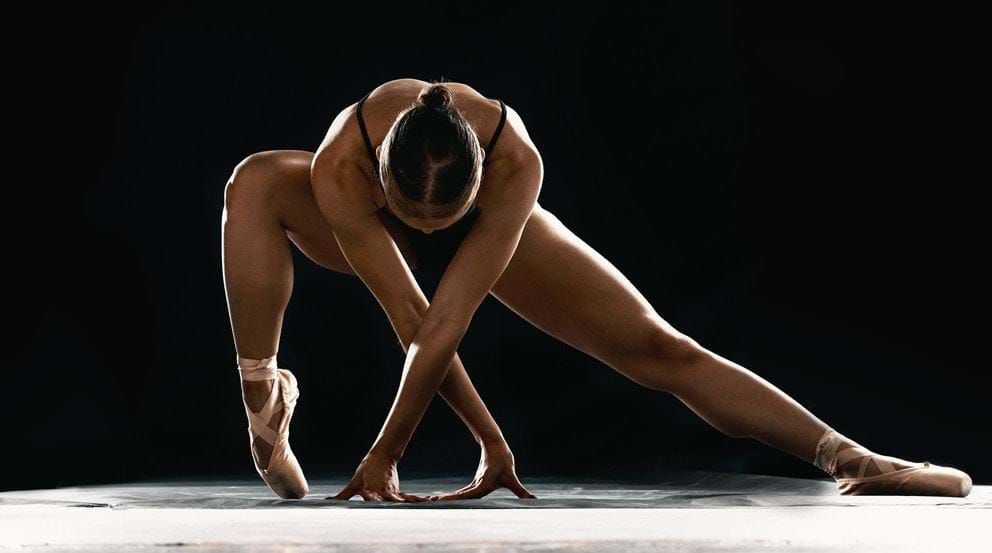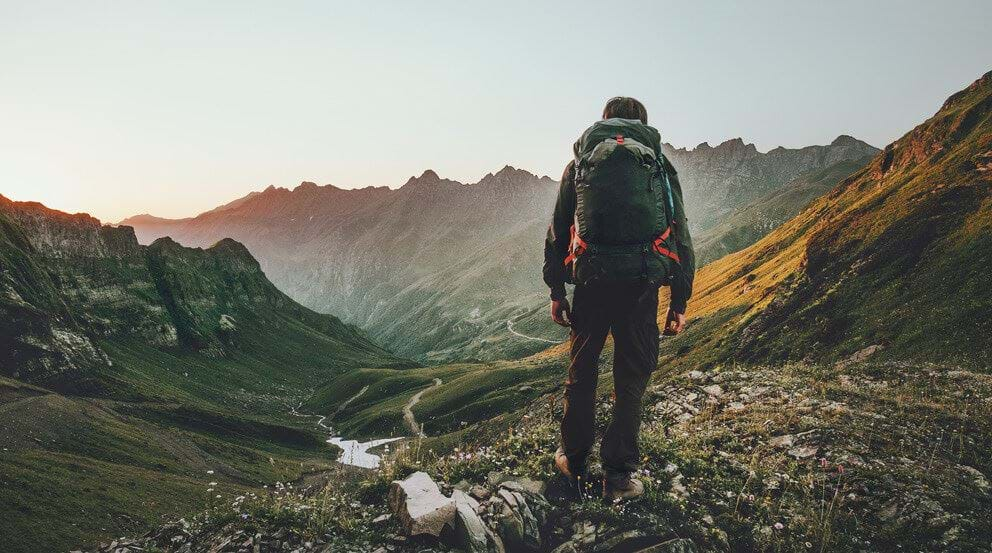How To Use Yoga Blocks: The Ultimate Guide

Looking for ways to improve your yoga practice? Yoga blocks are a useful tool that can help to improve flexibility and strength for both yoga beginners and those who have been practising for some time.
Some people prefer to avoid props in their yoga practice, thinking that it might hinder them, but using yoga blocks can help to advance your yoga faster than without.
In this blog, PureGym Glasgow Clydebank PT and Yoga Instructor Steph Williams looks at what are the benefits of yoga blocks, ways to use yoga blocks in your practice, and some examples of yoga block exercises to try in your next practice.


